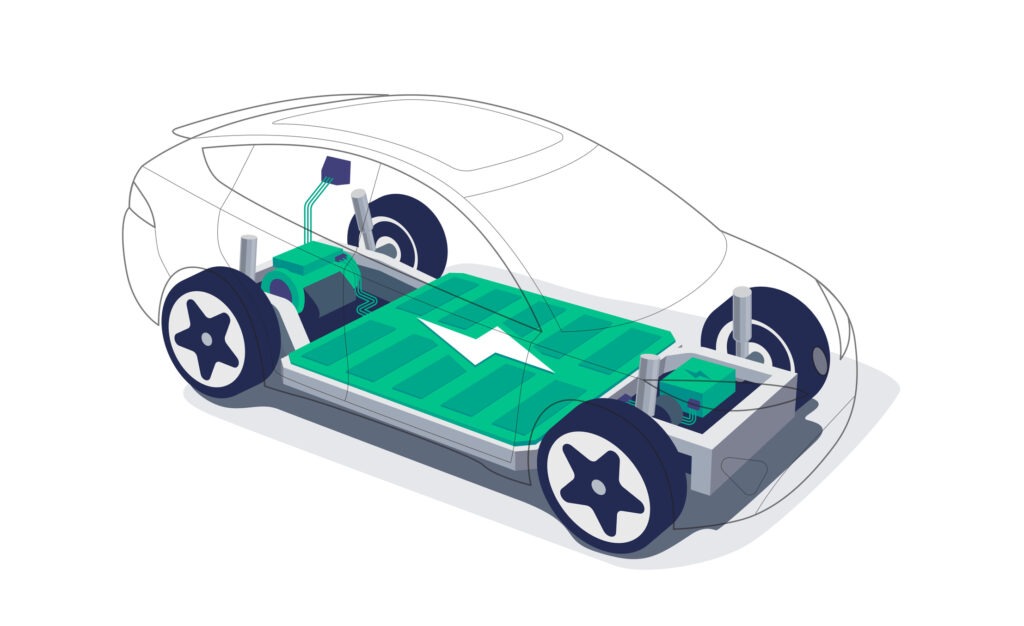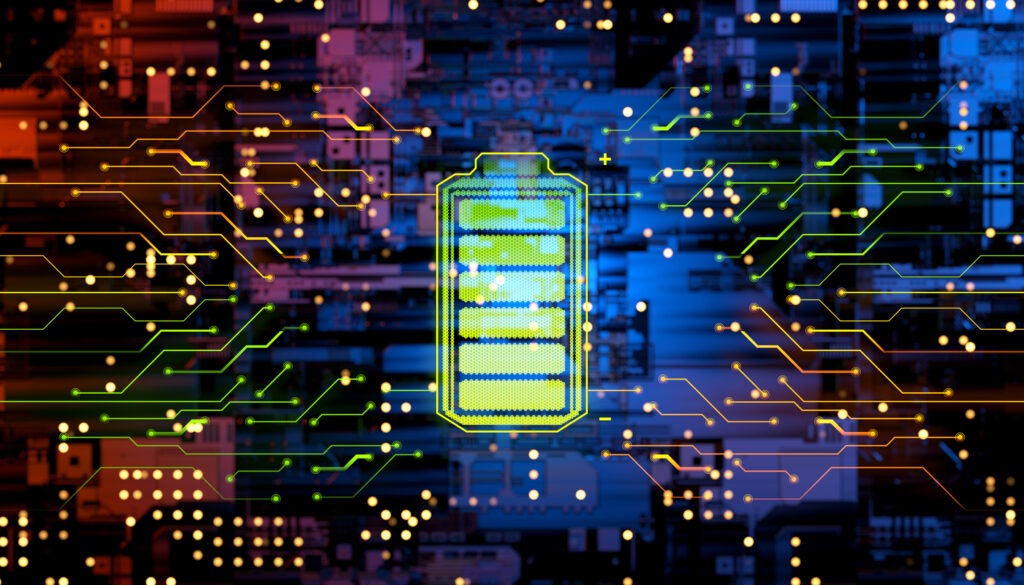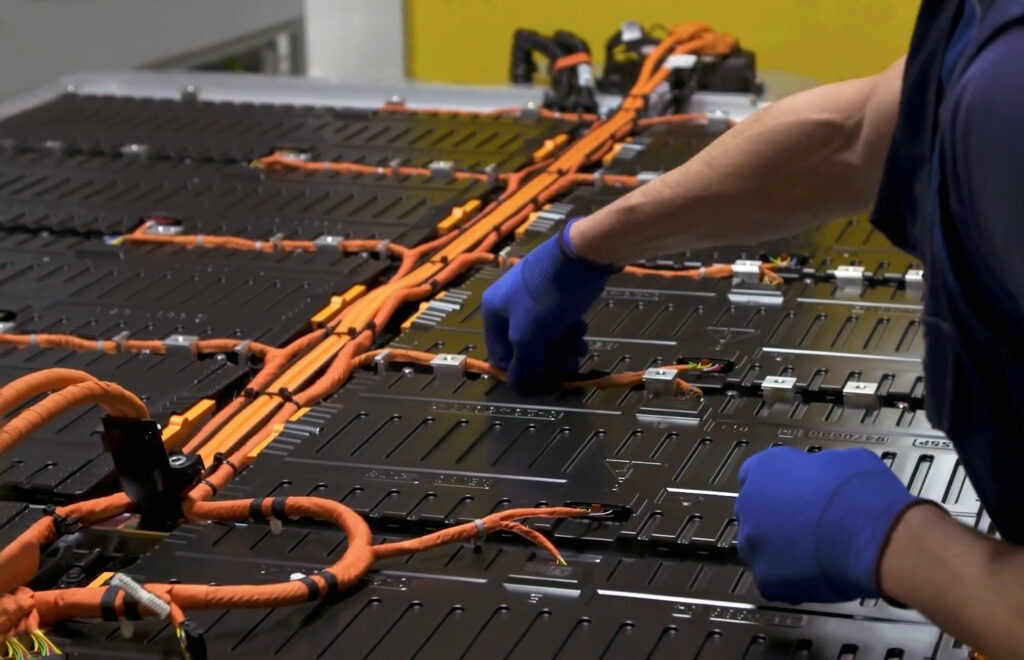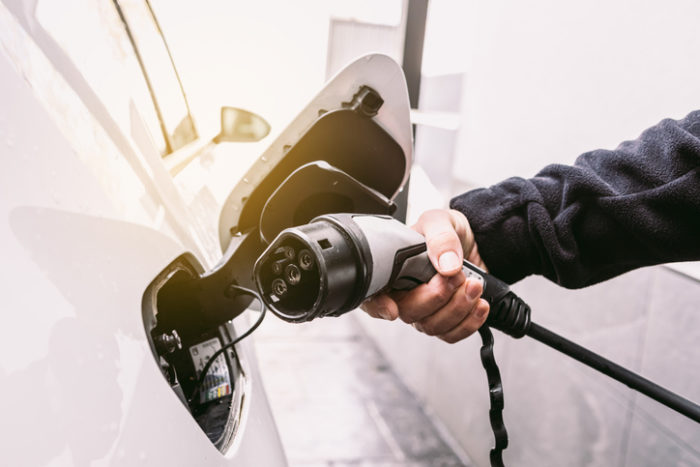Electric-vehicle battery development charges ahead
06 February 2023

Battery development is central to the electrification of mobility. But which chemical compositions hold the most promise and how will Europe meet manufacturing demand? Autovista24 deputy editor Tom Geggus explores what the future holds for electric-vehicle (EV) batteries.
While lithium-ion batteries currently dominate battery-electric vehicle (BEV) builds, the technology was first commercialised in 1991 for consumer electronics. The rapid development of power-storage units looks set to shift this dependency, however. Speaking with Autovista24, Dr Matthias Simolka, senior technical solution engineer at TWAICE, unpacked how automotive batteries are evolving.
Is sodium a solution?
Demand for lithium is increasing as carmakers look to build more BEVs. While concerns of a potential raw-material shortage circulate, Simolka explained that there is actually enough lithium in the ground. The issue is how many mines are currently up and running, and whether they can meet rising demand.
This is where sodium-ion batteries could prove immensely useful. With different industries currently utilising the material, production capacity is already established. There are additional safety benefits, alongside more sustainable production methods that require less toxic material.
Sodium-ion batteries sport a lower energy and power density, requiring more units to match the kind of power output delivered by lithium-ion versions. However, this makes them ideal for lower demand, less energy dense, and more affordable applications. Chinese manufacturers such as CATL and BYD are already reportedly working on sodium-ion technology.
But this does not mean that sodium will replace lithium as the chemical element of choice. Instead, it will help alleviate pressure alongside other battery setups. ‘Lithium is going to keep on dominating the market,’ Simolka said. ‘I think sodium ion is going to play a role but in specific applications. The benefit of lithium ion is that there are so many different possible setups, so many different cell chemistries you can choose and then adapt to the kind of application you want.’
For example, lithium iron phosphate (LFP) chemical compositions tend not to have a high enough energy density for certain applications. However, adding manganese to the mix, creating lithium manganese iron phosphate (LMFP) can help address this issue. It is with small steps like these that Simolka believes lithium will continue to be the primary player in mobility power storage.
The solid-state wait
So where does this leave the long-awaited, yet-to-be-delivered solid-state battery (SSB)? Replacing the liquid electrolyte with a solid one, SSBs promise to revolutionise power storage with greater density, improved safety, and superior sustainability. Progress with the technology is often touted, with some companies even setting large-scale deployment dates as soon as 2025.
But Simolka explained that for this kind of deadline to be met, manufacturers would already be testing mass-market prototypes, which is not something he believes is happening. ‘We are approaching that kind of date when we will see solid state in a mobility application, but I am not very sure it is going to happen in 2025,’ he said.
Even then there is a possibility early editions will belong to a new category of ‘quasi-solid-state batteries’, still using electrolytes on the cathode side of the unit, for example. While this could help improve energy density, it would not fulfil all the promises of SSBs.
Where the technology can be best utilised also needs to be considered. High-power applications make sense, but this would result in sizeable price tags normally only seen attached to luxury models. But as with all manufacturing, costs should lower once processes improve.
Localising supply
COVID-19, cracked supply chains and the conflict in Ukraine seriously damaged production processes. But from these issues arose several valuable lessons about sustainability and localised sourcing. When it comes to essential car components like batteries, time and money are being poured into development and manufacturing hubs in Europe and the United States.
Green group Transport and Environment (T&E) believes the EU can end its reliance on China for lithium-ion battery cells by 2027. Alongside this, two thirds of Europe’s cathode demand could be met locally by 2027.
However, Simolka highlighted that localising production is only part of the equation. ‘You still need to figure out where the materials at the end are coming from,’ he said. Initiatives such as battery passports, designed to verify where materials are sourced, produced and marketed, could help manage this need.
In order to localise the production of batteries, supply chains must be secured alongside all the necessary knowledge to ensure the quality of every unit. Speed is paramount to the development of manufacturing capabilities, but must be balanced with safety and quality.



